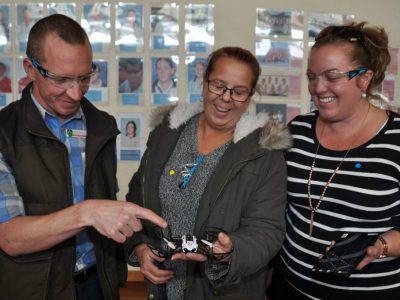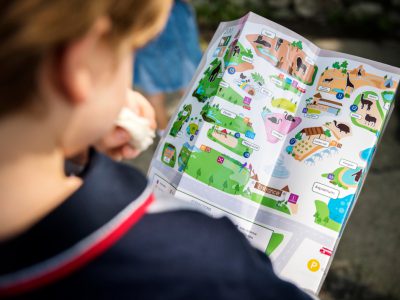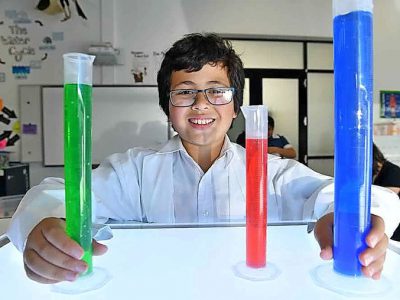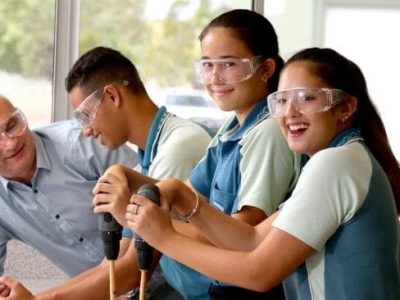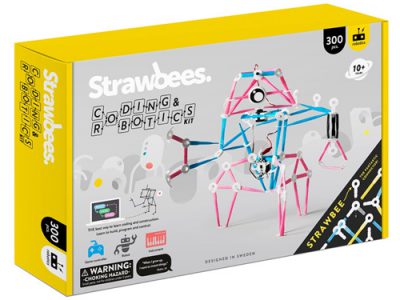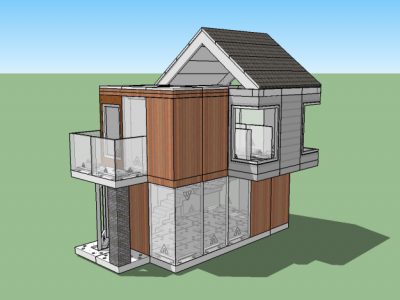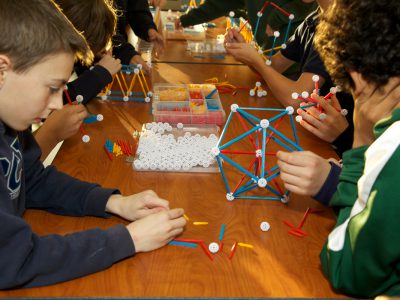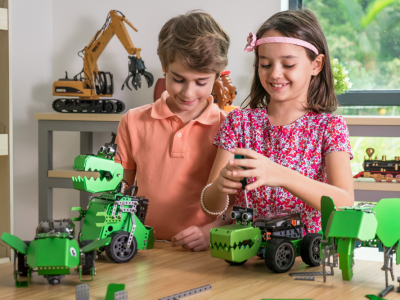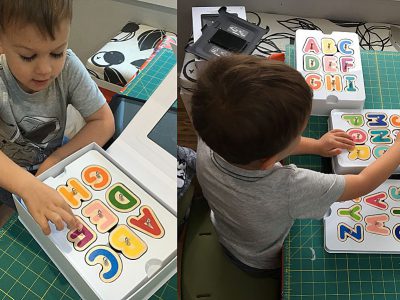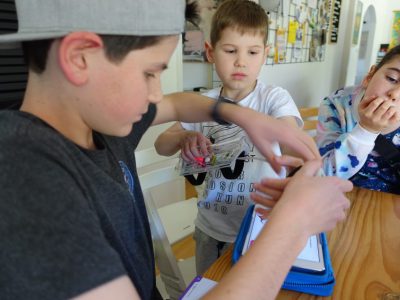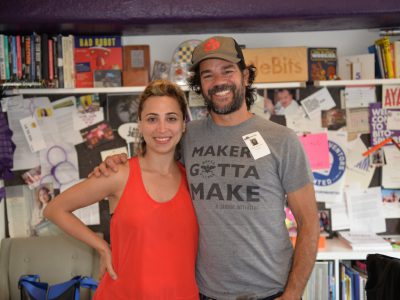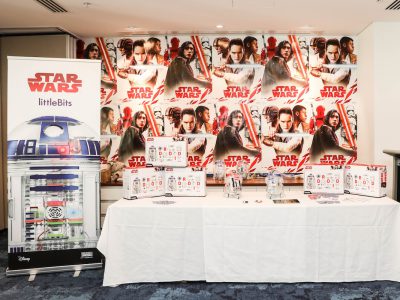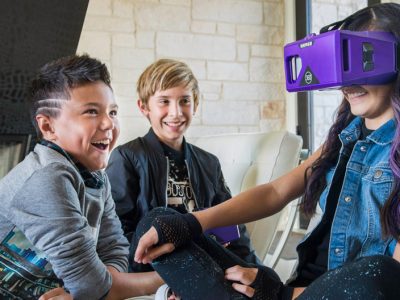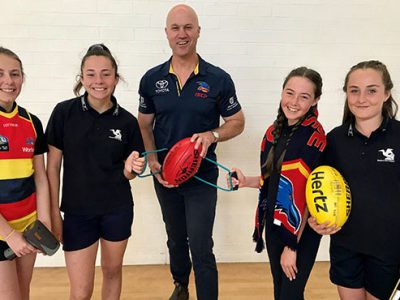Lately, everyone seems to be talking about STEAM. This acronym — which stands for science, technology, engineering, arts and mathematics — has become a hot topic in the world of education and in the business community. The practice of teaching by incorporating these concepts into multidisciplinary lessons is revolutionizing education approaches across the country, even for children in preschool.
While young children may not be able to understand multiplication or how computers work, they can develop a strong foundation for future learning by exploring STEAM skills and concepts through play and discussion, and then applying those skills through more play.
For young children:
– Science encourages investigation and answering questions, often involving experimentation.
-Technology refers to using simple tools like crayons and rulers, as well as more complex ones like microscopes and computers.
-Engineering refers to recognizing problems and testing solutions to them.
-Arts encourages creativity and allows children to illustrate concepts they are learning.
-Mathematics deals with numbers, but also patterns, shapes, organizational skills and much more.
There are many reasons why STEAM subjects should be addressed in early learning settings. A key component of STEAM is process skills, such as making observations, hypothesizing and critical thinking. These skills help young children grasp math and science concepts early in life while building a base for more complex concepts for years to come.
Research has shown that even very young children are capable of mathematical reasoning and can understand more advanced math skills than previously thought. Young children are also able to ask questions and make predictions about the world around them. In short, children are fully capable of learning foundational STEAM concepts, and parents and teachers should help children develop these skills at an early age.
STEAM learning can also take place outside of the classroom. For example, parents can encourage children to channel their inner engineer through a boat race activity. Have children use a variety of recyclables — cork, foil, tape, craft sticks, straw, an old swim noodle and paper for a sail — to build a boat that can sail across the bathtub, a pan of water or a puddle. After creating the boat, have children blow “wind” toward the boat to see how fast their creation travels. Parents and children can host races between multiple boats and discuss which boat is faster and why.
Young children grasp concepts through exploration and trial and error, so they should learn STEAM concepts at their own pace and in ways that are natural to them. To ensure that children are learning at their own pace, Primrose offers a balance of play with guidance from teachers and repeats STEAM lessons so children can master skills as they are ready.
To learn about Primrose School at Mountainside, visit www.primrosemountainside.com or call 908-228-5589. For more helpful parenting tips and information, visit our blog at www.PrimroseSchools.com/blog and sign up for the Pointers for Parents newsletter.






